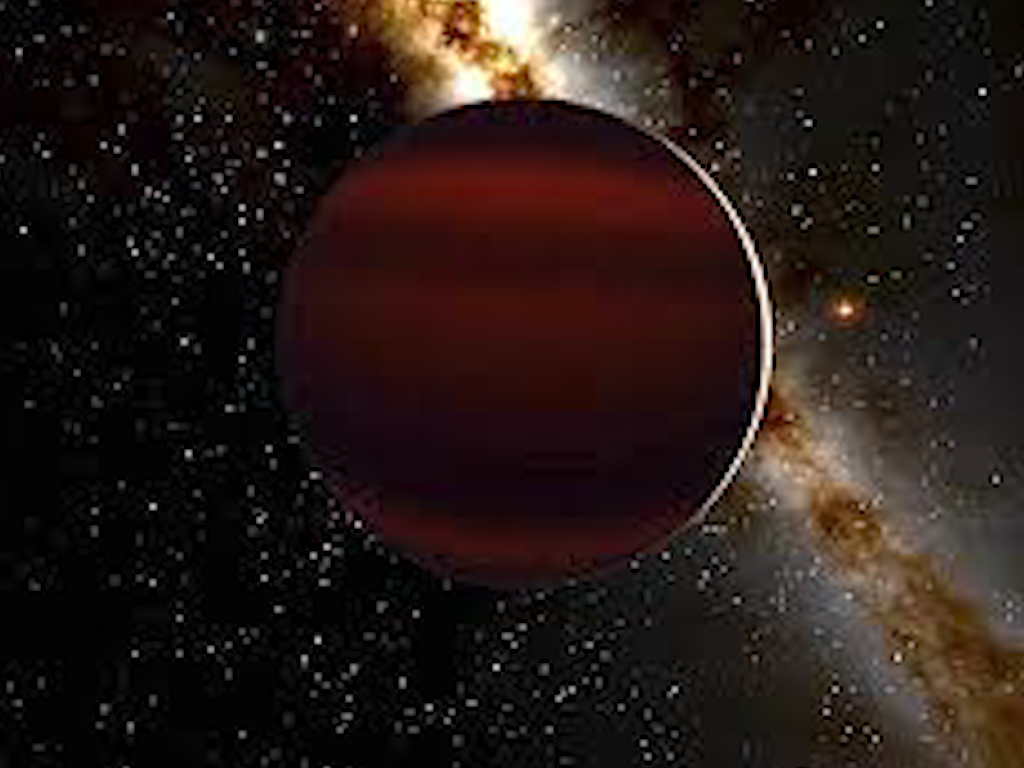COLD STARS Are the Incubators for Life
By Tanner2
Authors, DT Smith, SB DiPietro
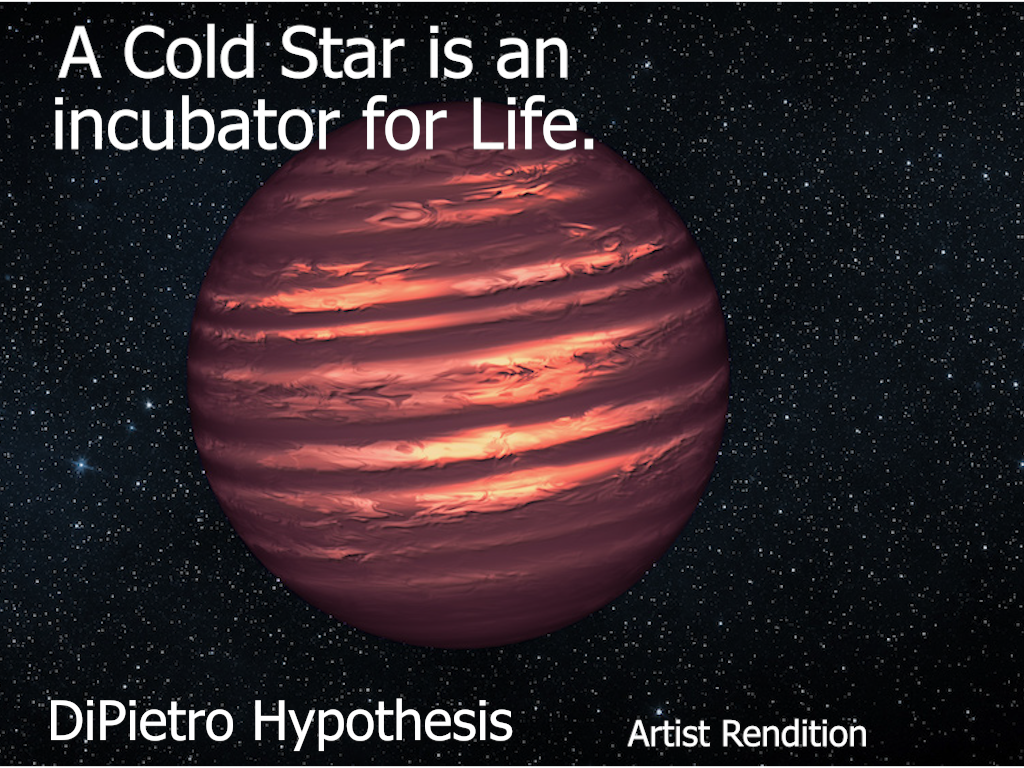
Cold Stars are a new discovery from JWST. NASA has the Cold Star story all wrong! NASA calls Cold Stars “failed stars” and they are completely wrong! Cold Stars are where life first started in the Universe, at thermal exhaust vents with all the ingredients to start life.
Cold Stars are incubators for life, to create life for their corner of the Universe. Our Solar System and us humans are the results of that.
Our Sun was at one time a Cold Star and that is where life on Earth started and came from.
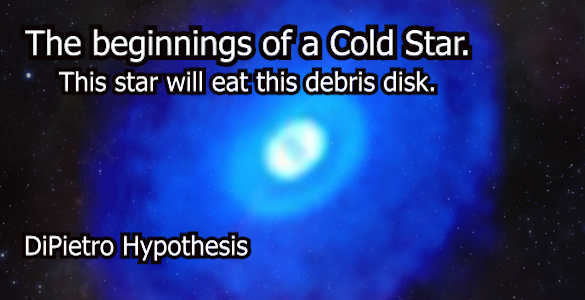
When Earth “dripped off” the equator bulge of our spinning Sun 4.5 billion years ago with landmass, water and life, this life then started to flourish. The consistent cycle and warmth of the new Sun and the monthly cycle of the Moon started the evolution of primitive life forms to thrive from the minute Earth left the Sun. This primitive life started on our Cold Star the Sun, billions of years before our Earth “dripped off” the Sun with water, landmass and life. We call the first landmass ProtoGaia.
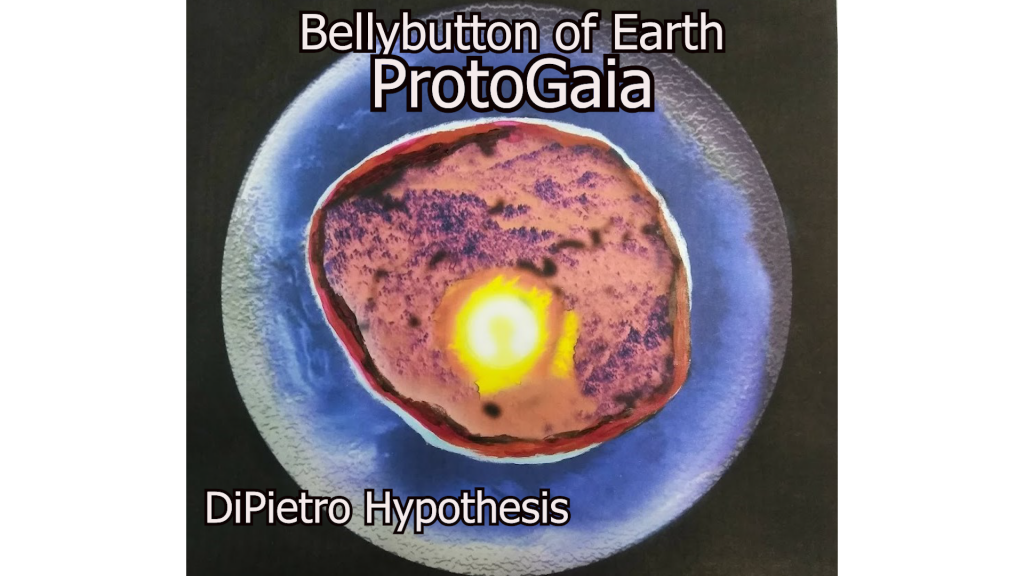
NASA using JWST has found a hundred or so Cold Stars, WISE 1828+2650: This brown dwarf has an estimated atmospheric temperature of less than 80°F (25°C), which is cooler than room temperature. Those are tropical temperatures, that is where life starts!
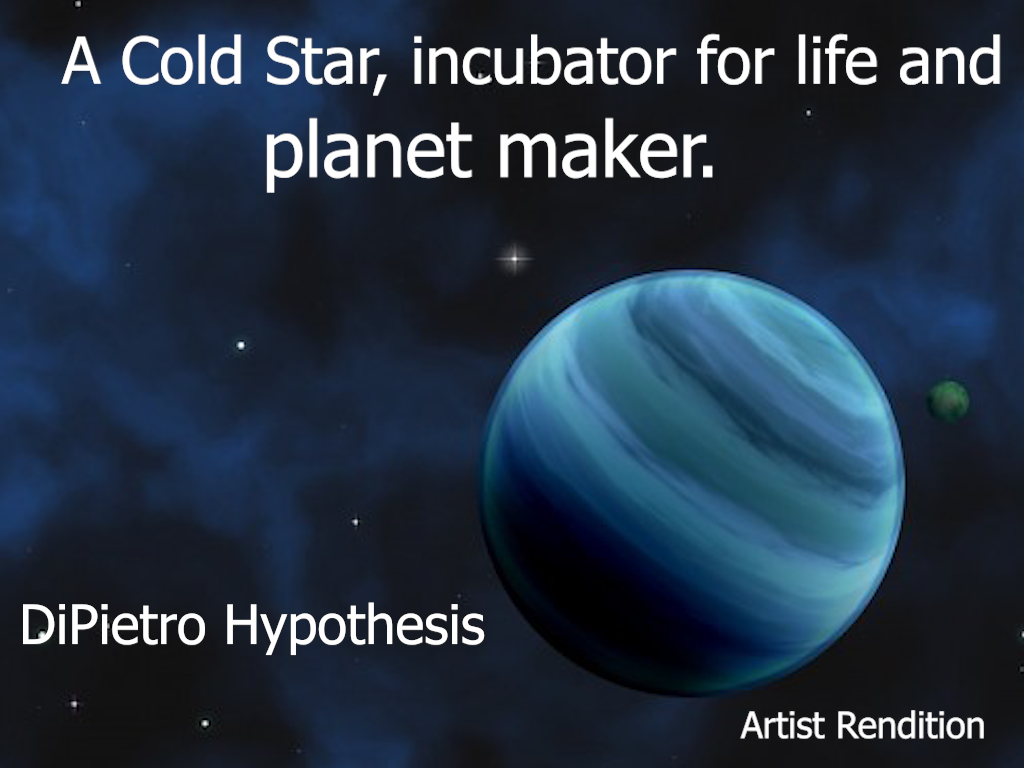
This is just one example. These Cold Stars with internal heat and a Debris Disk are incubators for life in the Universe. These Stars have absorbed their Debris Disk with stardust and fuel and have become smothered by the stardust and Ice. While fuel, hydrogen and metal accrete to the core of internal heat. This Cold Star with all the ingredients to start life and its external thermal exhaust vents with ice and water. This lasted billions of years before this Star sheds its “crust” of Star Slag, Star Waste, Stardust, Ice and life. Our Sun was a Cold Star and that is where life started for Earth.
The beginnings of life started around thermal exhaust vents on this Cold Star with Cool Spots, these incubators for life lasted for billions of years.
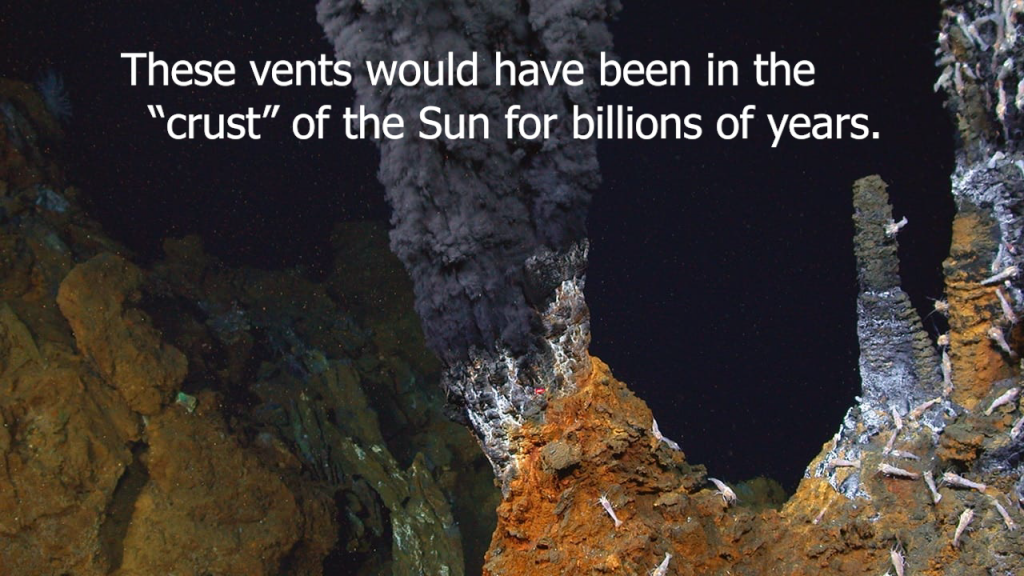
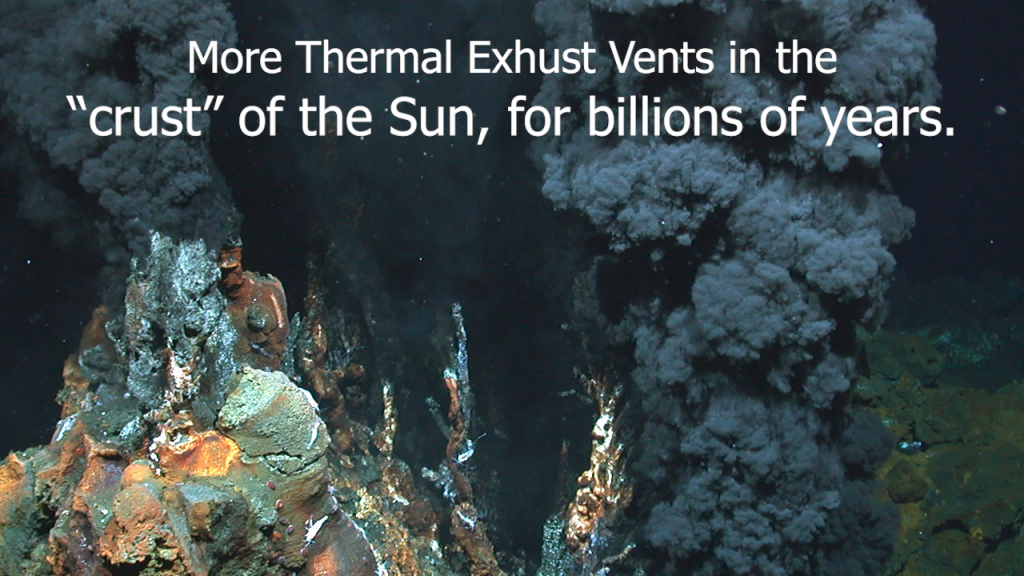
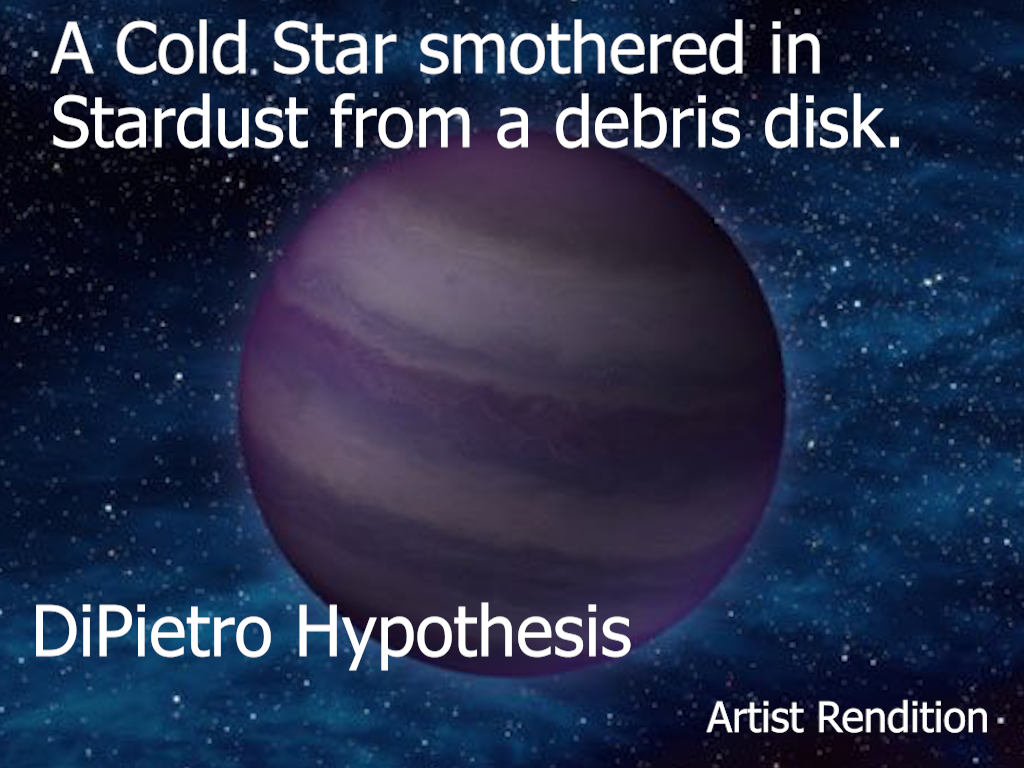
Eventually this Cold Star turned into our Star-Planet Maker, the early Sun. As this Cold Star’s fuel from the debris disk had completely accumulated and accreted to its core. The process of a meltdown to remove any restriction on its surface, its “crust”, which lasted a few million years starting approximately 4.5 billion years ago. The removal of the Sun’s “crust” over a period of a few million years, scientist call this event “the Late Heavy Bombardment”.
Scientists using data from NASA’s Wide-field Infrared Survey Explorer (WISE) have discovered the coldest class of star-like bodies, with temperatures as cool as the human body.
Astronomers hunted these dark orbs, termed Y dwarfs, for more than a decade without success. When viewed with a visible-light telescope, they are nearly impossible to see. WISE’s infrared vision allowed the telescope to finally spot the faint glow of six Y dwarfs relatively close to our sun, within a distance of about 40 light-years.
“WISE scanned the entire sky for these and other objects, and was able to spot their feeble light with its highly sensitive infrared vision,” said Jon Morse, Astrophysics Division director at NASA Headquarters in Washington. “They are 5,000 times brighter at the longer infrared wavelengths WISE observed from space than those observable from the ground.”
The Y’s are the coldest members of the brown dwarf family. Brown dwarfs are sometimes referred to as “failed” stars. THAT IS WHAT NASA HAS GOTTEN WRONG! “They are too low in mass to fuse atoms at their cores and thus don’t burn with the fires that keep stars like our sun shining steadily for billions of years. Instead, these objects cool and fade with time, until what little light, they do emit is at infrared wavelengths.” This last statement is only speculation and is wrong. Humans have only witnessed stars for basically minutes of these star’s lives.
What these scientists don’t understand is that these Cold Stars devour their debris disk over billions of years. Scientist believe these debris disk “are where planets are born”, wrong. These scientists have been misled for 270 years since Immanuel Kant, a philosopher, came up with the Nebular Hypothesis.
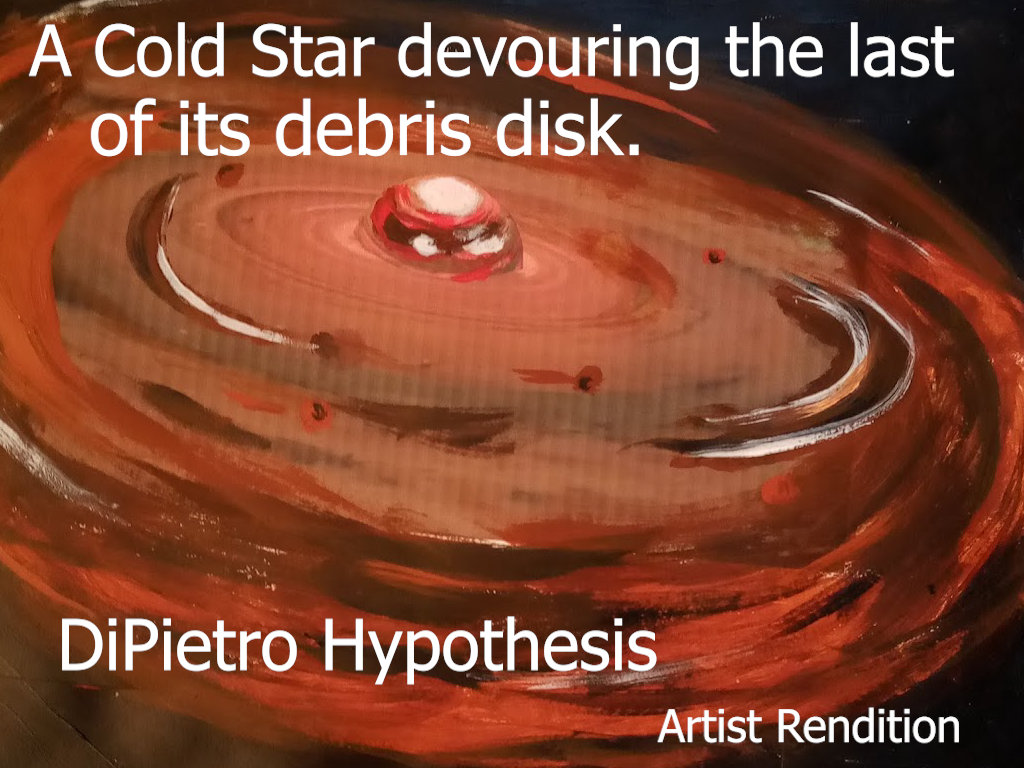
So far, WISE data have revealed 100 new brown dwarfs. More discoveries are expected as scientists continue to examine the enormous quantity of data from WISE. The telescope performed the most advanced survey of the sky at infrared wavelengths to date, from Jan. 2010 to Feb. 2011, scanning the entire sky about 1.5 times.
The Y dwarfs are in our sun’s neighborhood, from approximately nine to 40 light-years away. The Y dwarf approximately nine light-years away, WISE 1541-2250, may become the seventh closest star system, bumping Ross 154 back to eighth. By comparison, the star closest to our solar system, Proxima Centauri, is about four light-years away.
We also think Proxima Centauri was also a Cold Star that followed the same planet formation as our Solar System, the DiPietro Hypothesis.
These are just a few examples of Cold Stars from NASA in the far reaches of our surrounding Solar System. Thanks to JWST we can find more Cold Stars. The fact remains that our Solar System is special and unique, so we better take care of it.
Cold Stars are incubators for life in the far off reaches of our Universe. Our Solar System is the results of a Cold Star, the Sun. That is the purpose of Cold Stars to start life.
Authors, DT Smith, SB DiPietro
DiPietro Hypothesis
Cold Stars are the Incubators of Life in our Universe.

